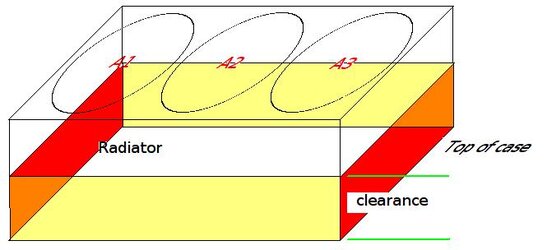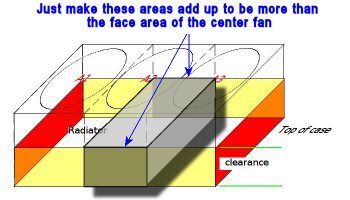- Joined
- Aug 21, 2005
I am going to be pulling 3 Sanyo Denki 1011's through a PA120.3 radiator (thickness approximately 2.5 in). I am going to mount the radiator on top of my case, and realize I obviously need to allow for a gap to allow the fans to draw air through the radiator.
My question is this: ideally, how many inches should I allow between the case and the radiator to allow the fans to perform optimally? I was not able to find the proper phrasing for an adequate search, and would thus appreciate your input. Also, science > guesses, so I would love any relevant links that I could study.
My question is this: ideally, how many inches should I allow between the case and the radiator to allow the fans to perform optimally? I was not able to find the proper phrasing for an adequate search, and would thus appreciate your input. Also, science > guesses, so I would love any relevant links that I could study.


